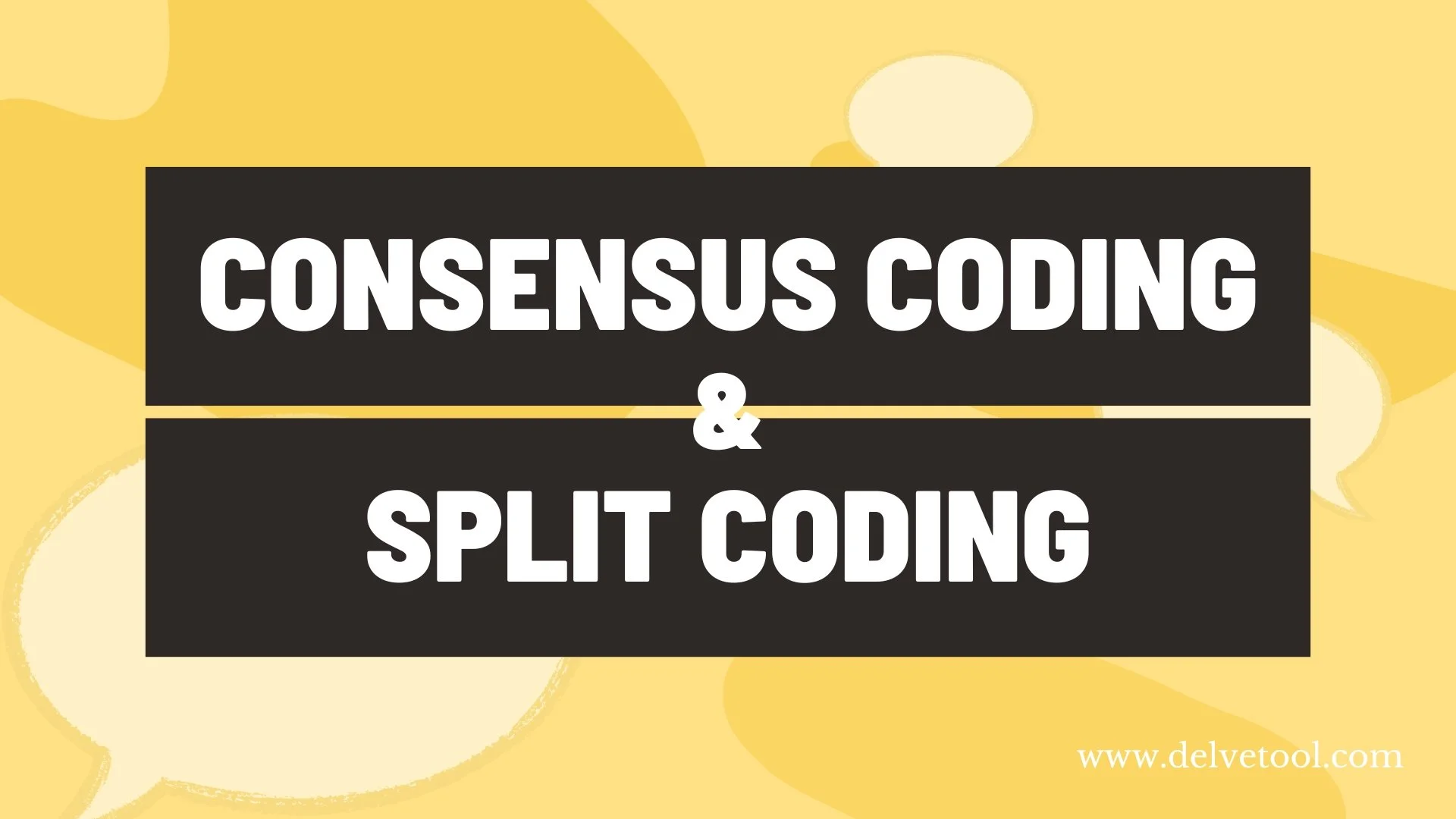See how Dr. Garcia Ramos simplified her workflow and published NSF-funded research using Delve.
Read MoreThematic analysis involves reading through a data set and identifying patterns in meaning across the data.
Read MoreIn vivo codes utilize the language and terminology used by the participants rather than alternative methods where codes are researcher-derived.
Read MoreIn vivo codes use the direct language and terminology used by the participants rather than alternative methods where codes are researcher-derived.
Read MoreThis article walks through modern methods for qualitative survey analysis.
Read MoreWe tested the top AI-assisted QDA platforms to see how they stack up.
Read MoreWe compared seven of the top qualitative data analysis software options to see which tool offers the most helpful customer and software support.
Read MoreThis article compares seven top qualitative data analysis (QDA) software programs available today.
Read MoreWe sat down with seven top coding tools to compare them based on one core question: Which software is easiest to learn and start coding with?
Read MoreDr. Katherine Miller, a University of Pennsylvania researcher, used Delve to analyze 19+ hours of workshop and interview data for her dissertation on teaching data literacy. With Delve’s intuitive coding tools, she built a practical framework to help educators teach data skills more effectively in today’s data-driven world."
Read MoreProcess coding is helpful when you want to understand actions in the data. You can catalogue observable activities or conceptual actions.
Read MoreWe explain grounded theory, a research methodology where data collection and analysis happen together in cycles.
Read MoreDiscover 6 practical ways AI can support your qualitative research – without replacing your analysis. Built for coders, not chatbots.
Read MoreValues coding deals with labeling the values, attitudes and belief systems that are expressed by participants.
Read MoreThis article introduces emotion coding in qualitative research and offers a guide on using it effectively.
Read MoreDescriptive coding is where you code passages according to topic in order to summarize the topic of the data.
Read MoreThis article covers all things line-by-line coding, shedding light on how this method works and providing a step-by-step guide to the process.
Read MoreAbductive coding helps researchers move between theory and data to uncover new insights. See how it works in practice and how tools like Delve support the process.
Read MoreFind connections between ideas in your research using axial coding. Read more for a step by step example of the qualitative analysis method of axial coding.
Read MoreThis article covers split coding and consensus coding, used by research teams to enhance the trustworthiness of their qualitative data analysis.
Read More


















